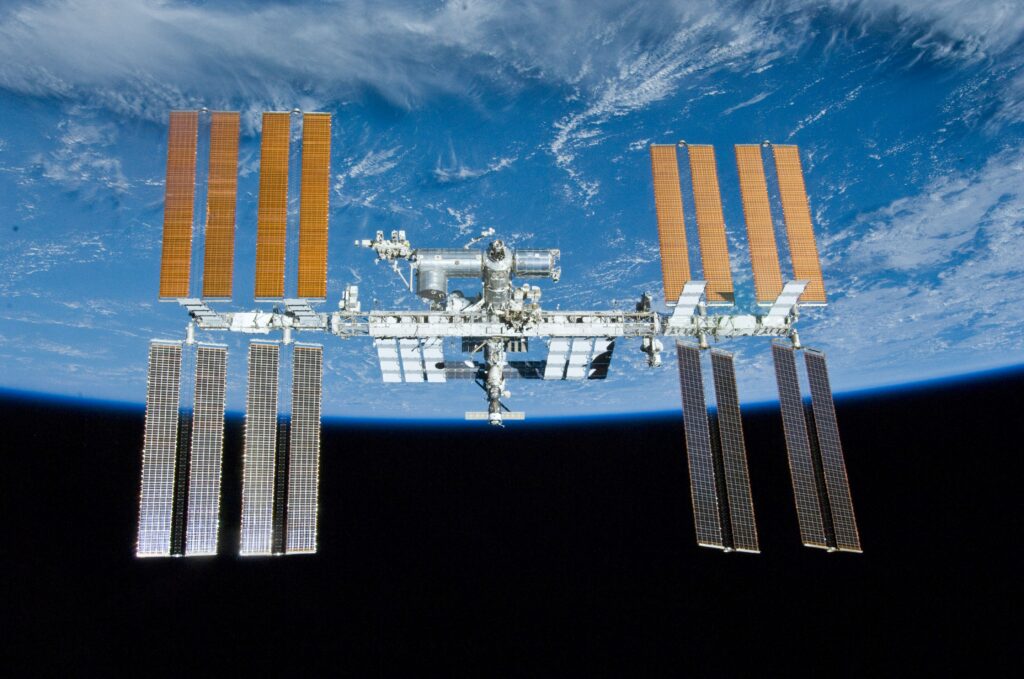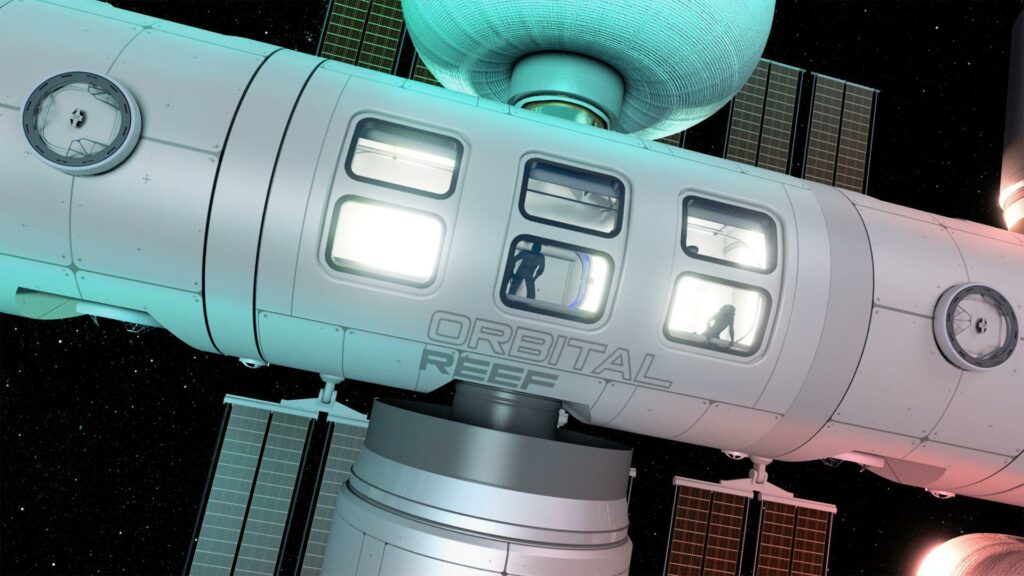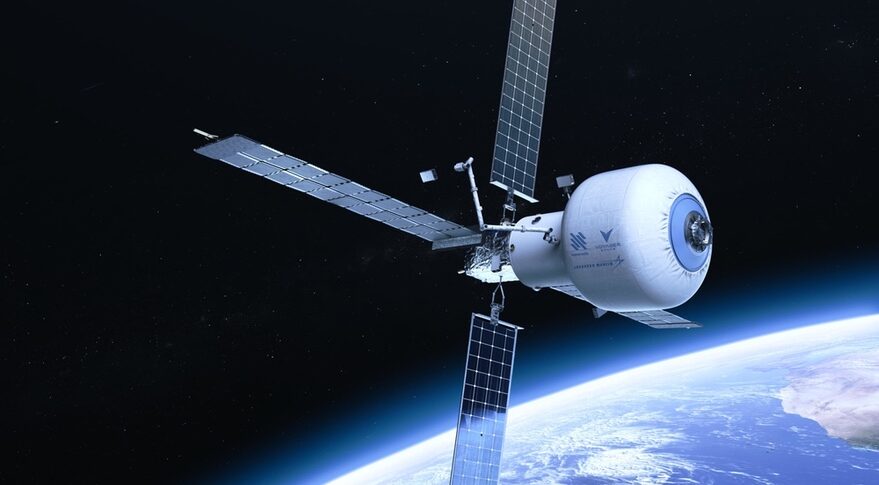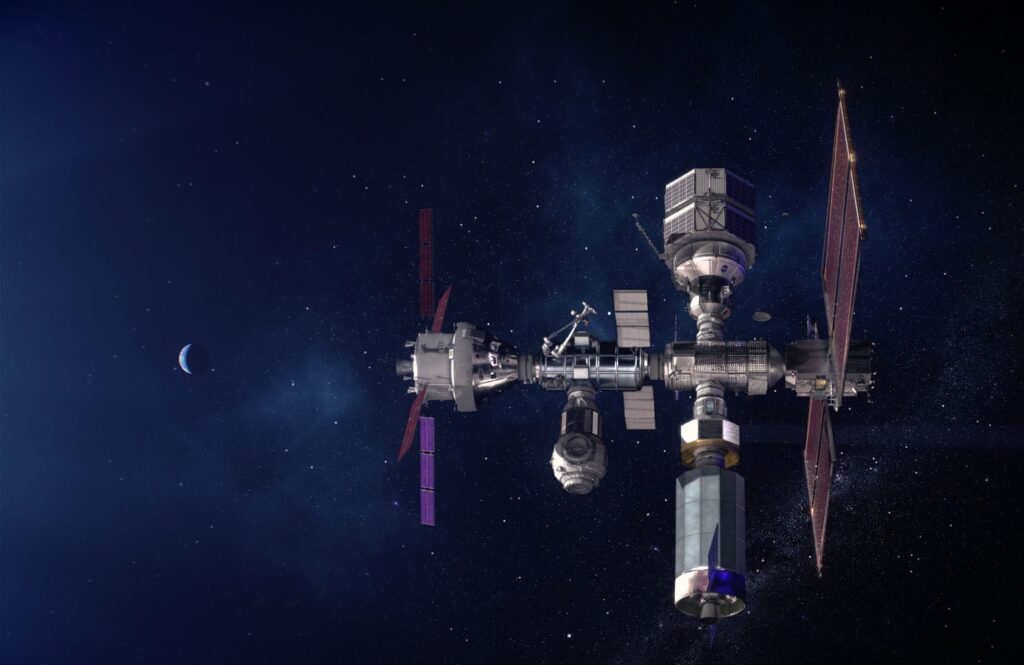Stable development of outer space is impossible without the ability to live there. And it means the need to build space stations. This is a story about five orbital projects that are planned to be created or completed in the near future.

50 years of building space stations
The first space stations appeared 50 years ago. In the spring of 1971, the Soviet Salyut-1 was launched, and two years later the American SkyLab followed on. They were quite simple cylindrical structures about the size of a city bus. However, gradually Salyut stations grew bigger and bigger, and people stayed there longer and longer.
Science fiction depicts an image of the future, where people live in space stations, whose dimensions are measured in kilometers. We are still far from that. But all the same, 5 orbital settlements, which will be created from scratch or completed in foreseeable future, are impressive.

The international Space Station
The idea of creating the International Space Station arose in the early 1990s, when the United States, the European Union, and Russia realized that building separate space stations was too expensive and decided to create a joint project.
The first unit of the station was put into orbit in 1998. Then they began to add more and more new elements to it, until it grew to 109 m long and weighed 440 tons. The orbital complex consists of 19 main modules, not to mention various trusses and platforms. At the moment, the ISS is the largest man-made object in space.
Many scientific experiments were conducted on board the ISS. But gradually it is getting old. In addition, a significant part of it belongs to Russia, which does not want civilized relations with other countries and has already announced that it will refuse its participation in the project.

Despite this, the International Space Station is to be expanded in the near future. In 2024, Axiom Space should is going to dock two commercial compartments with the station. It is planned that they will conduct experiments sponsored by private companies.
Tiangong Space Station
At the beginning of the 21st century, China rapidly burst into space. In 2011 and 2016, the country launched the Tiangong-1 and Tiangong-2 space stations. And in 2021, the construction of a new station began, this time a multi-module one. It still bears the same name, only without a number, which makes it easy to get confused as to the order of deployment.
The main unit of the station has a mass of 24 tons and is called Tianhe. In the summer of 2022, the Wentian laboratory module was docked to it, and in October it is due to be joined by its twin, the Mentian.
In general, China positions its station as scientific. A huge program of experiments, including international ones, has been developed for it. A special feature of Tiangong is the Xuntian orbital telescope, which will not physically be part of it, but will be able to dock with it for technical work.
Orbital Reef
In 2027, the first fully commercial station named Orbital Reef should appear in Earth orbit. It will consist of inflatable modules. Its construction is carried out by the companies Sierra Space and Blue Origin. In addition, a large number of different organizations are involved in the implementation of this project, from Amazon to the University of Arizona.

The basis of the station will be a large cylindrical module, to which other compartments will be attached from the sides. Its total volume will be 830 m³, which is more than twice the space that the ISS can offer astronauts.
It is planned that up to 10 people will work at the station. It is currently unknown what experiments they will conduct there. But delivering people and cargo to the station will be the task of Dream Chaser spaceplane, which is being built now by Sierra Space.
Starlab
Nanoracks Company, together with Northrop Grumman, is developing the Starlab space station. Its launch is planned for the end of the 2020s, NASA has already allocated 160 million dollars for its development. It is expected that its design will consist of a large main module, which will be inflatable, and a metal transfer compartment.

The internal volume of the station will reach 340 m³, that is, it will be slightly smaller than the ISS. However, this entire volume will not be scattered over separate modules, but collected in one large one. It is expected that four astronauts will be able to work simultaneously at Starlab.
Lunar Gateway
The most ambitious station in the near future should be the Lunar Gateway. Its construction will be carried out within the Artemis program. Therefore, it will not be located in the orbit around the Earth, but in the orbit around the Moon.
NASA, ESA, as well as the Japanese and Canadian space agencies are engaged in the construction of the Lunar Gateway. It will be a relatively small station, the volume of which will be approximately 125 m³. Its construction should begin this decade. Specific timing depends of the success of SLS rocket launches.

Unlike the rest of the stations, the Lunar Gateway’s primary mission is not conducting experiments. It will serve as an intermediate hub for astronauts and robots heading to the surface of the Moon. In the future, it can also become a starting point for missions that NASA will send to Mars.
